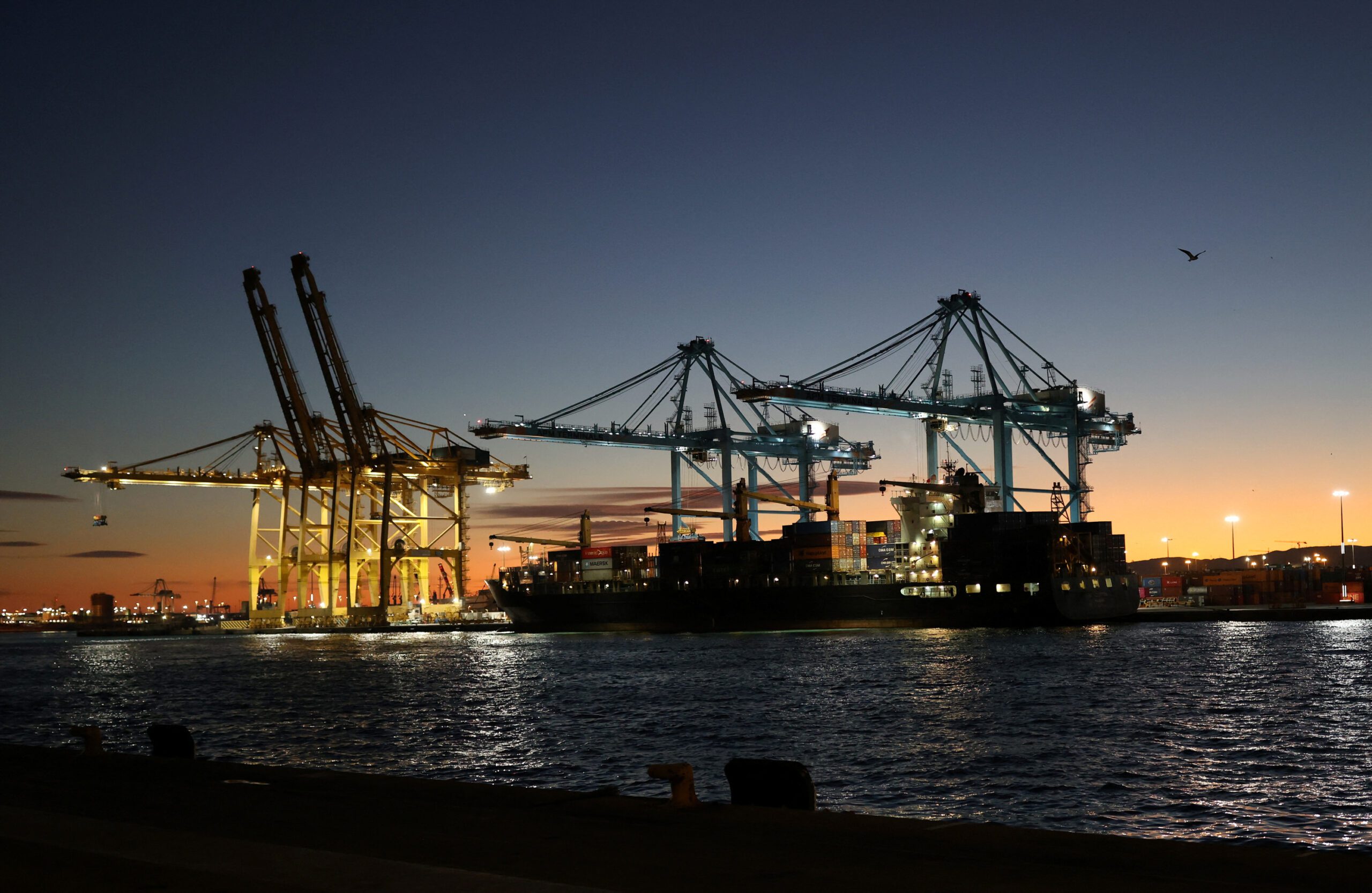The Port of Los Angeles handled 892,340 Twenty-Foot Equivalent Units (TEUs) in June, marking an 8% increase compared to the same period last year and setting a new record for the busiest June in the port’s 117-year history.
“Some importers are bringing in year-end holiday cargo now ahead of potential higher tariffs later in the year,” said Port of Los Angeles Executive Director Gene Seroka. “July may be our peak season month as retailers and manufacturers bring orders in earlier than usual, then brace for trade uncertainty.”
The nation’s busiest container port closed its fiscal year on June 30 with 10.5 million TEUs processed without any vessel backups. This marks the port’s third fiscal year exceeding 10 million TEUs, solidifying its position as the Western Hemisphere’s busiest container port.
June’s loaded imports totaled 470,450 TEUs, up 10% from 2024, while loaded exports reached 126,144 TEUs, showing a 3% improvement. Empty container units processed amounted to 295,746, representing a 7% year-over-year increase.
The port has handled nearly 5 million TEUs (4,955,812) during the first half of 2025, a 5% increase over the same period last year.
This strong performance comes against a backdrop of broader economic uncertainty. According to the Global Port Tracker report from the National Retail Federation and Hackett Associates, U.S. ports may experience a temporary volume rebound in July before expected declines when delayed tariffs take effect.
The Trump Administration’s hectic tariff policy has created significant supply chain uncertainty after President Trump delayed “reciprocal” tariffs until August 1, while also threatening to impose a 30% tariff on most imports from the European Union and Mexico beginning that same date.
“The tariff situation remains highly fluid and retailers are working hard to stock up for the holiday season before the various tariffs that have been announced and paused actually take effect,” said NRF Vice President for Supply Chain and Customs Policy Jonathan Gold.
Industry experts predict that after July’s forecasted 2.1% year-over-year increase to 2.36 million TEUs, significant volume declines ranging from 10.4% to 21.3% are expected from August through November, partially due to the impending tariffs.
Ben Hackett, Founder of Hackett Associates, noted that “a flurry of tariff-related announcements from the Trump administration has only served to further increase supply chain uncertainty,” adding that “the global supply chain functions best in a trade environment that is smooth and predictable.”

 Join The Club
Join The Club











